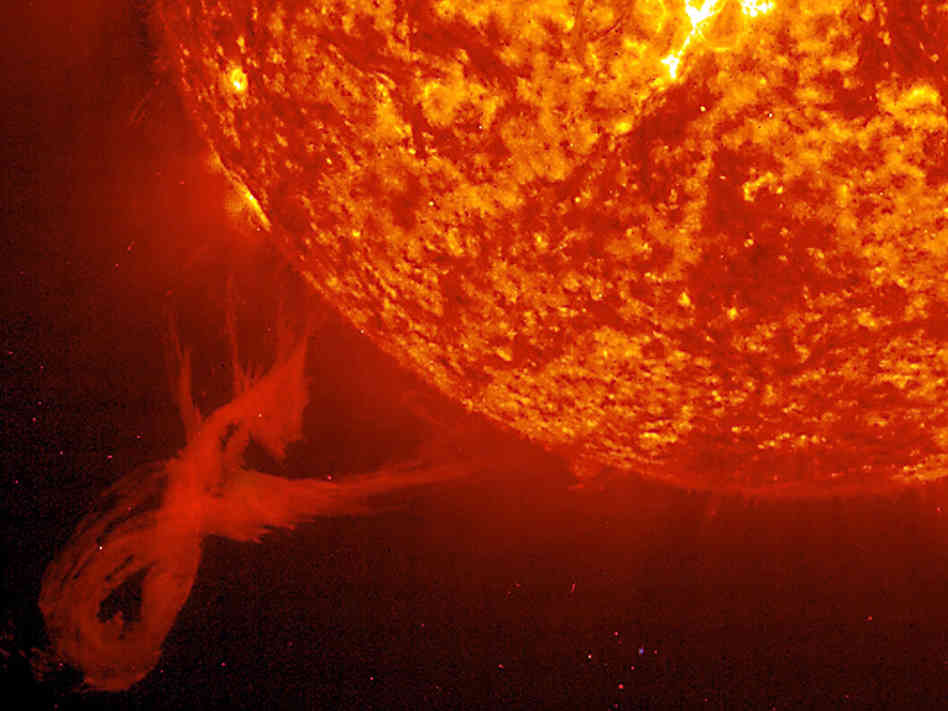The amount of energy released from the PP chain and CNO cycle are dependent on the temperature of the core of the star. At a temperature both reactions release equal amount of energy. Below this temperature, pp chain reaction release relatively more amount of energy than the CNO cycle. Beyond this temperature CNO cycle generates a relatively more amount of energy.
The basic conservation law for nuclear reactions
1. Mass-Energy must be conserved.
2. The total electric charge of the interacting particles is conserved.
3. The number of particles and antiparticles must be conserved. A particle cannot be formed from an antiparticle or vice versa. But a particle-antiparticle pair may be formed or destroyed without violating this rule.
4. The difference between the number of leptons anti leptons must be conserved. (lepton number conservation)
5. The difference between the number of baryons and anti baryons must be conserved (Baryon number conservation)
Reactions for fusion:
1.44 MeV
2
5.49 MeV
2
12.85 MeV
The total contribution to the luminosity is therefore 26.2 MeV for each He atom.





